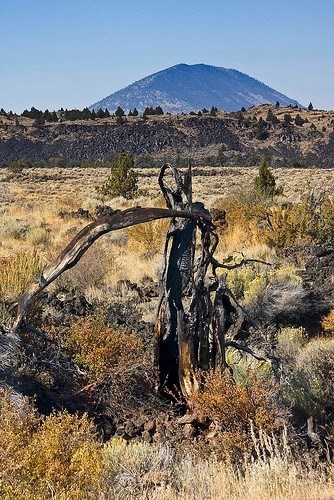Learn about NRCAs
The Natural Resource Condition Assessment (NRCA) Program provides framework, funding, and publishing support to parks to aid in the synthesis and documentation of natural resource conditions. Condition assessment reports are a tool to describe selected park resources, and record a snapshot of their current condition, identify trends, and identify potential or current threats and stressors. Understanding the condition and trend of natural resources is key for parks and NPS planners to appropriately prioritize and allocate stewardship resources.

NPS Photo
Traditional NRCA Report: 2013
In an effort to better understand the natural resources and processes present in this National Monument, a Natural Resource Condition Assessment was written and published in 2013. This assessment was a collaborative project between National Park Service staff, Oregon State University, and Southern Oregon University. This team of collaborators examined the available data and chose seven resource topics that were of greatest concern to park management at the time:
- Changes in climate and microclimate |
||
- Changes in cave geologic features |
||
- Changes in cave-dependent species |
||
- Changes in above-ground wildlife |
||
- Changes in air quality |
||
- Changes in the natural quality of the park experience |
Understanding of condition and trends of the monument’s natural resources could perhaps benefit the most from new or expanded research on relationships between precipitation, infiltration, groundwater levels, and cave microclimates, as well as between visitor use and cave microclimates.
For other reports and natural resource datasets visit the NPS Data Store.
Source: NPS DataStore Collection 7765 (results presented are a subset). To search for additional information, visit the NPS DataStore.
Last updated: February 25, 2022
